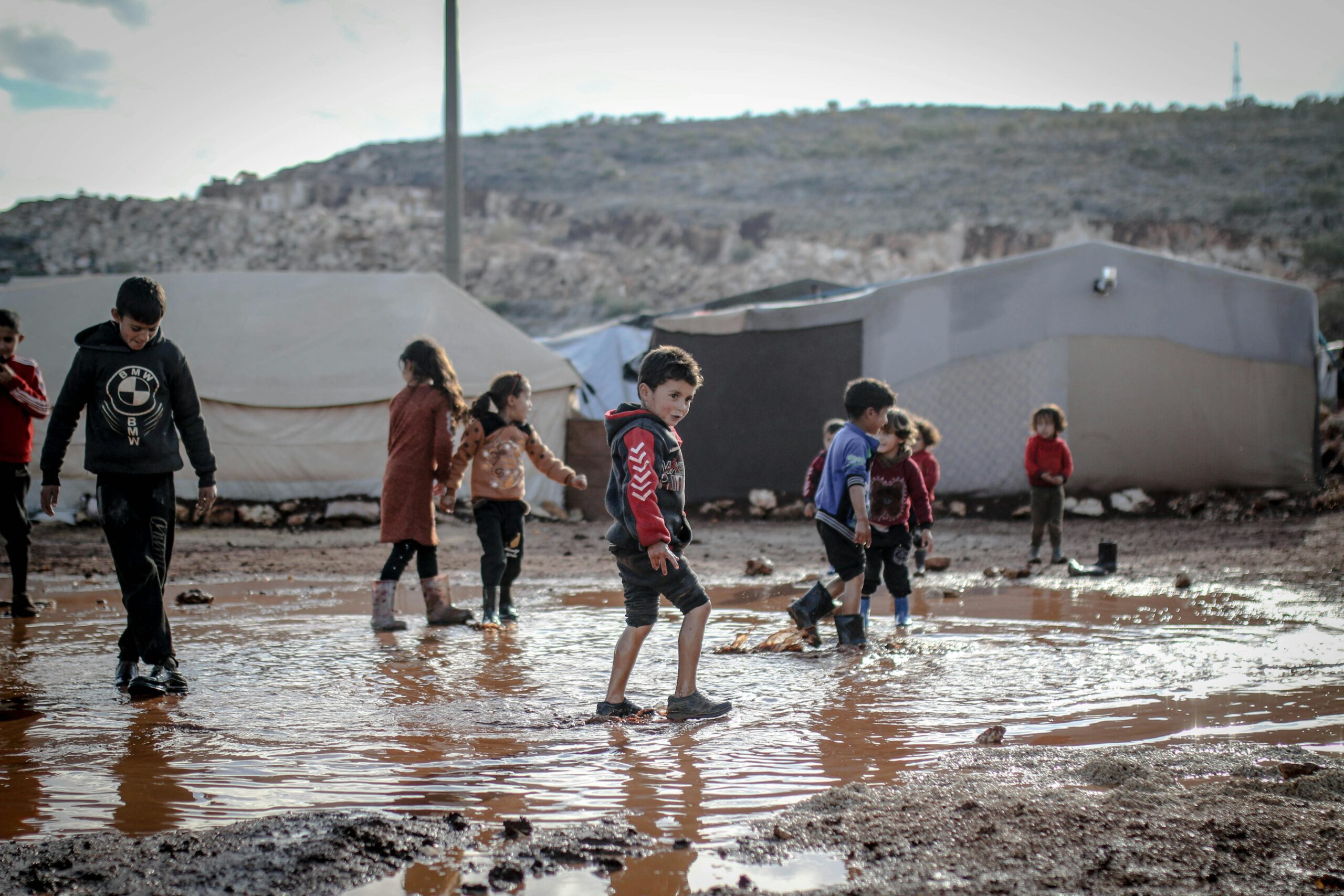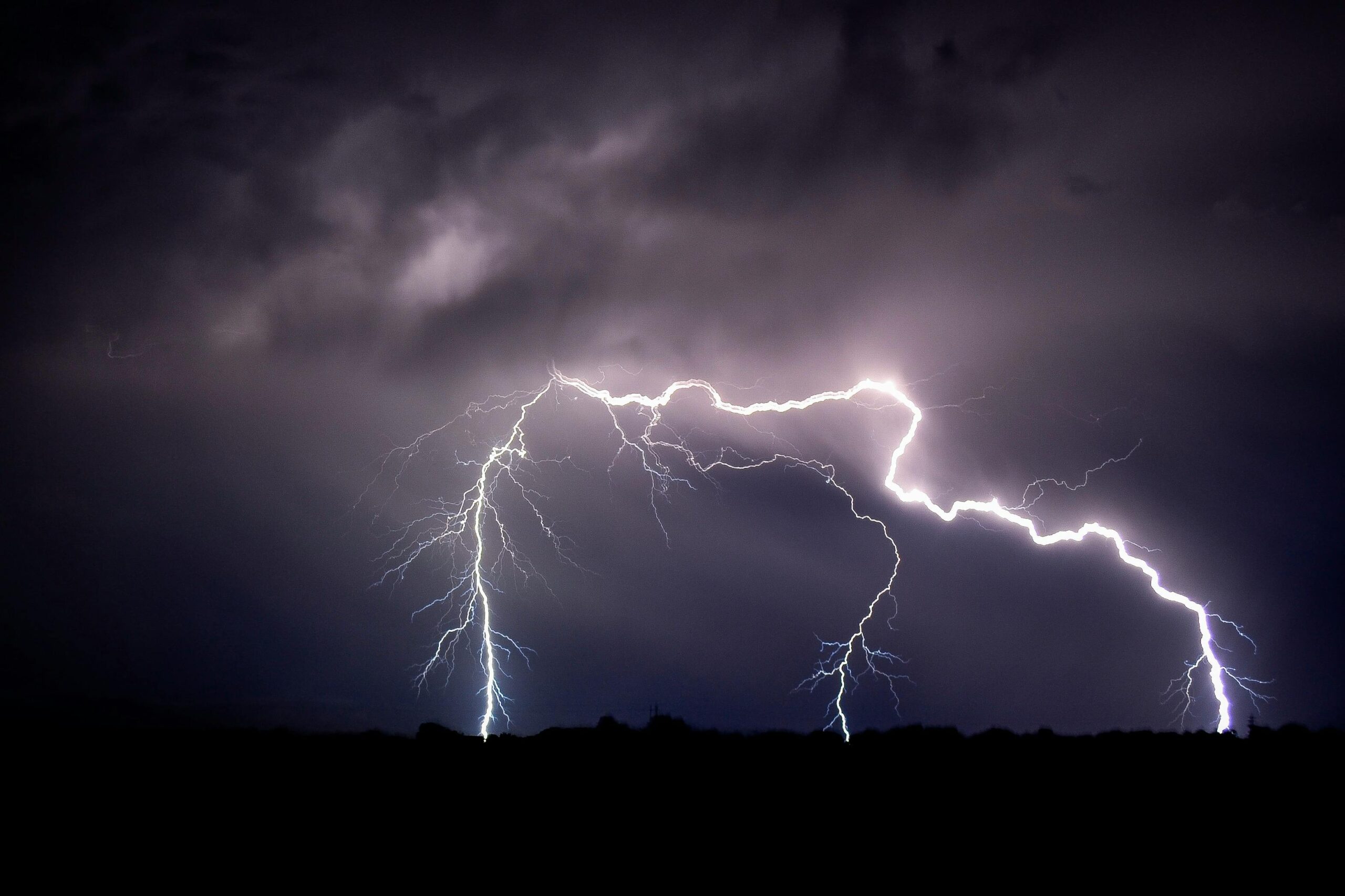Water is the foundation of life, yet billions of people worldwide face challenges in accessing safe and sufficient water. According to the United Nations, by 2050 more than half of the global population may live in water-stressed regions if urgent action is not taken. Factors such as population growth, climate change, pollution, and mismanagement of resources are intensifying this crisis. Water scarcity does not just threaten drinking water supplies—it also impacts agriculture, energy production, public health, and geopolitical stability.
This article explores the causes of global water scarcity, its consequences, and the innovative solutions that can help address one of humanity’s most pressing challenges.
💧 Causes of Global Water Scarcity
-
Population Growth and Urbanization
-
Rising global populations increase demand for water for drinking, sanitation, and industry.
-
Rapid urbanization puts additional strain on already limited water systems.
-
-
Climate Change
-
Shifting rainfall patterns, melting glaciers, and prolonged droughts reduce freshwater availability.
-
Extreme weather events like floods also damage water infrastructure.
-
-
Agricultural Overuse
-
Agriculture accounts for nearly 70% of freshwater withdrawals globally.
-
Inefficient irrigation methods waste vast amounts of water.
-
-
Pollution and Contamination
-
Industrial waste, untreated sewage, and agricultural chemicals pollute rivers and groundwater.
-
This reduces the availability of clean drinking water and harms ecosystems.
-
-
Poor Governance and Mismanagement
-
In many regions, water resources are poorly regulated.
-
Corruption, lack of infrastructure investment, and political disputes worsen scarcity.
-
⚠️ Consequences of Water Scarcity
-
Health Risks: Millions die each year from waterborne diseases caused by unsafe water.
-
Food Insecurity: Droughts and reduced irrigation capacity threaten crop yields.
-
Economic Losses: Water shortages disrupt industry, energy, and trade.
-
Conflict and Migration: Water scarcity can trigger conflicts between nations or communities and drive climate-related migration.
-
Ecosystem Damage: Rivers running dry and polluted aquifers devastate wildlife habitats.
💡 Solutions to Address Global Water Scarcity
1. Improved Water Management and Governance
-
Strengthening policies for equitable water distribution.
-
Encouraging transboundary cooperation where rivers and lakes cross national borders.
-
Implementing water pricing to discourage waste and promote efficiency.
2. Technological Innovations
-
Desalination Plants: Converting seawater into freshwater (used widely in the Middle East).
-
Smart Irrigation Systems: Precision agriculture using sensors to optimize water usage.
-
Water Recycling: Treating wastewater for reuse in agriculture and industry.
3. Infrastructure Development
-
Building dams, reservoirs, and rainwater harvesting systems.
-
Expanding pipelines and distribution networks to underserved areas.
4. Nature-Based Solutions
-
Protecting wetlands and forests that naturally filter and store water.
-
Restoring watersheds to improve groundwater recharge.
-
Implementing green infrastructure in cities (permeable pavements, green roofs).
5. Community-Based Solutions
-
Local water stewardship programs that empower communities.
-
Education campaigns promoting water conservation practices.
-
Grassroots initiatives like village rainwater harvesting in India and Africa.
6. Global Cooperation
-
Strengthening international agreements to manage shared water resources.
-
Leveraging organizations like the UN, World Bank, and NGOs for funding and technology transfer.
🌱 Successful Case Studies
-
Singapore – Known as a water-scarce nation, it has developed a “Four National Taps” strategy: local catchment water, imported water, desalination, and wastewater recycling (NEWater).
-
Israel – A leader in desalination and drip irrigation technology, making agriculture possible in arid regions.
-
Rajasthan, India – Community-led rainwater harvesting revived groundwater levels in desert villages.
-
Cape Town, South Africa – After the “Day Zero” crisis, the city implemented strict water conservation measures, cutting consumption drastically.
📊 The Way Forward
To solve water scarcity, the world must act on multiple fronts:
-
Governments must prioritize investment in sustainable water infrastructure.
-
Technology must be harnessed to recycle, conserve, and generate freshwater.
-
Communities must be educated and empowered to conserve water locally.
-
Global cooperation must address cross-border water conflicts and ensure fair distribution.
If these steps are combined, it is possible to move from crisis toward resilience.
✨ Conclusion
Water scarcity is not just an environmental issue—it is a humanitarian, economic, and security crisis. With climate change accelerating the challenge, urgent action is required to secure water for future generations. Innovations in technology, better governance, and community-driven solutions offer hope. By working together at local, national, and international levels, humanity can transform this crisis into an opportunity for sustainable development.
In the end, solving water scarcity is not just about survival—it is about ensuring justice, peace, and prosperity for all.


